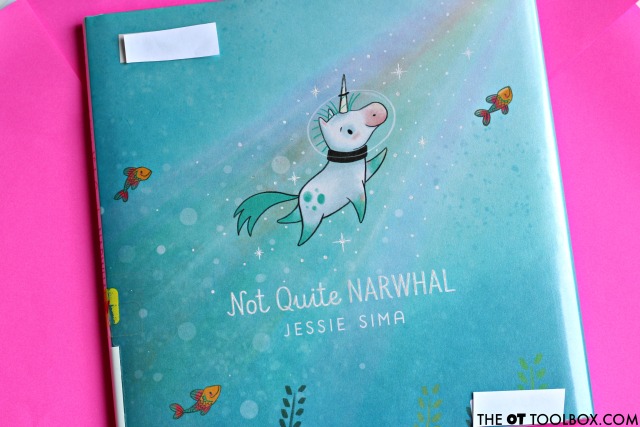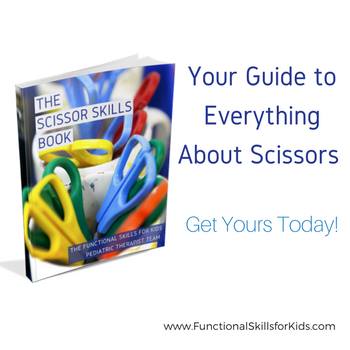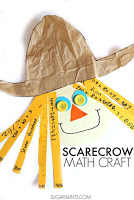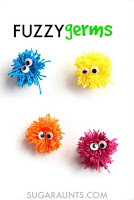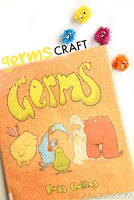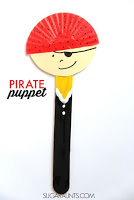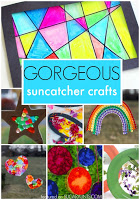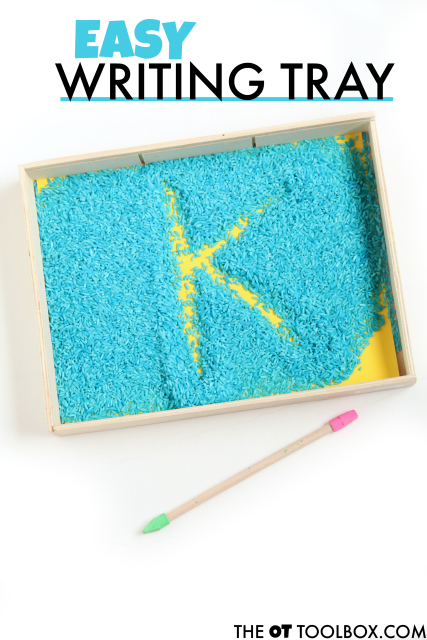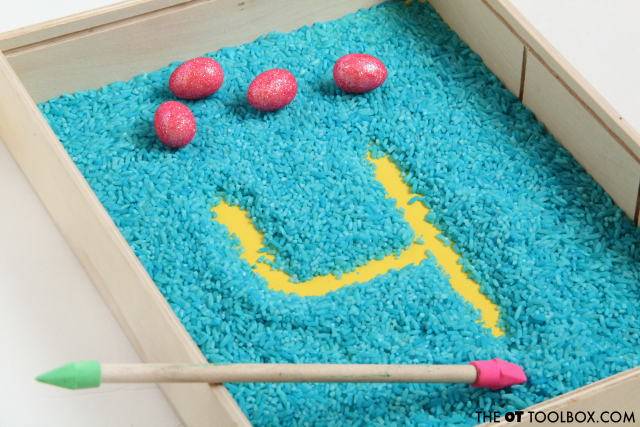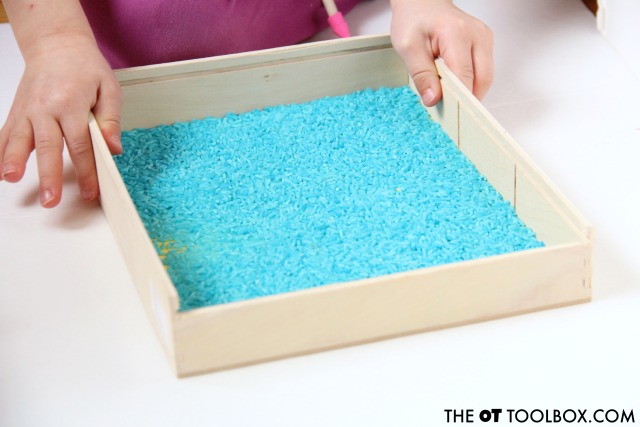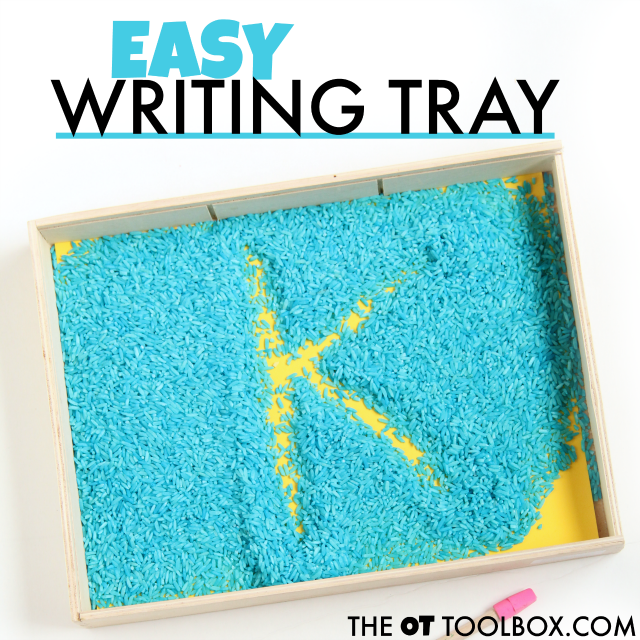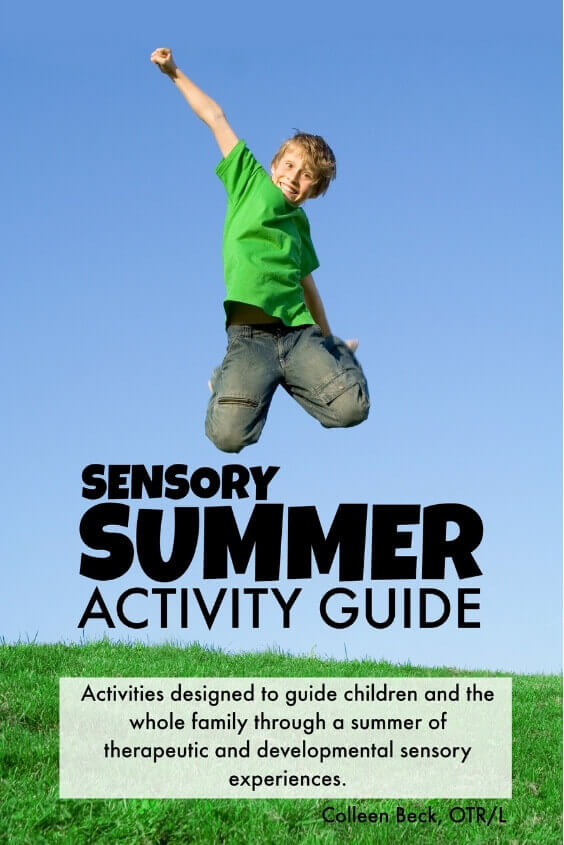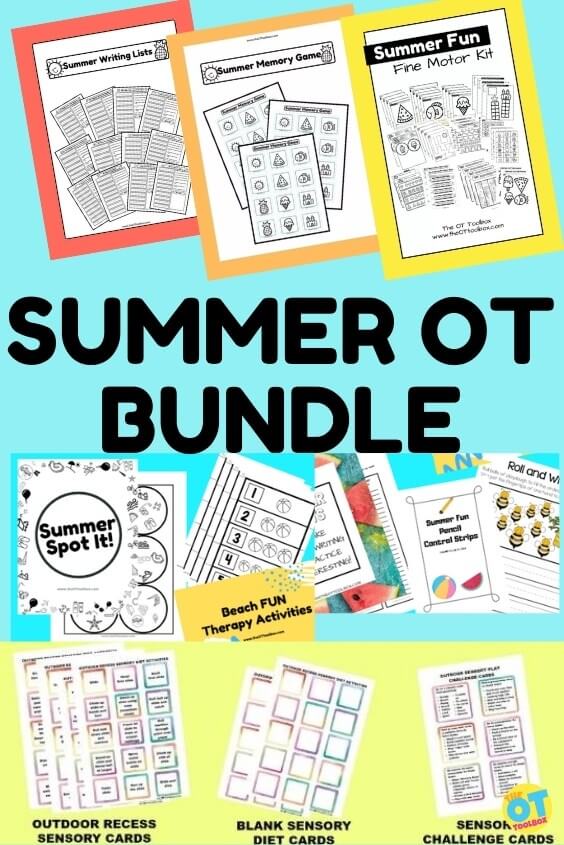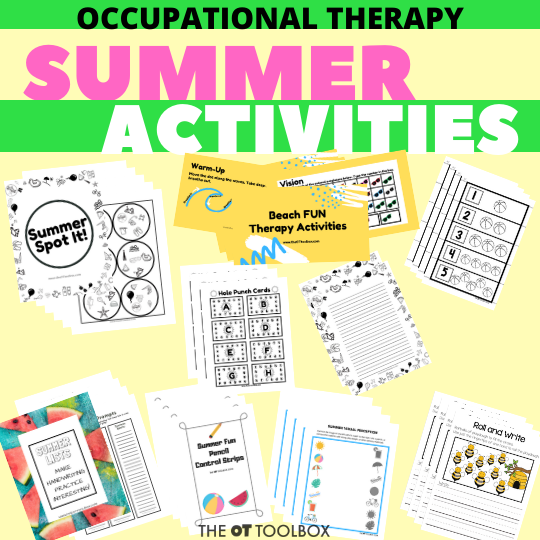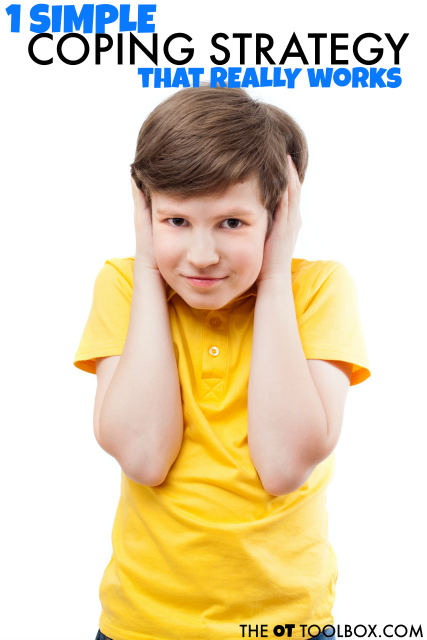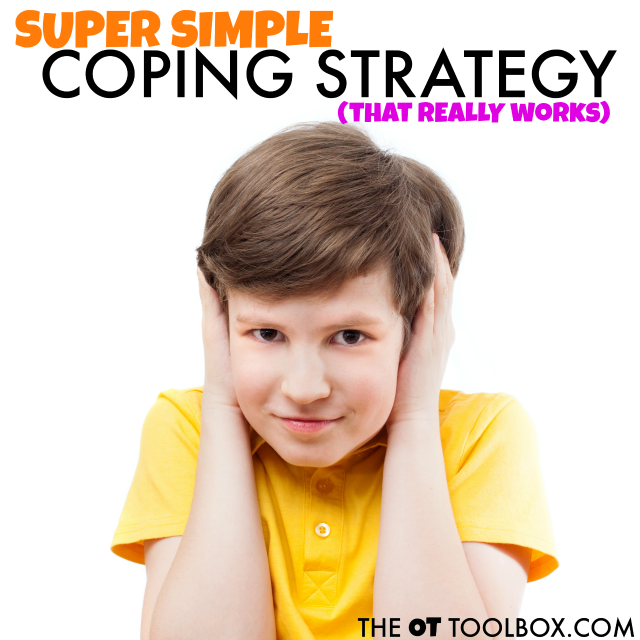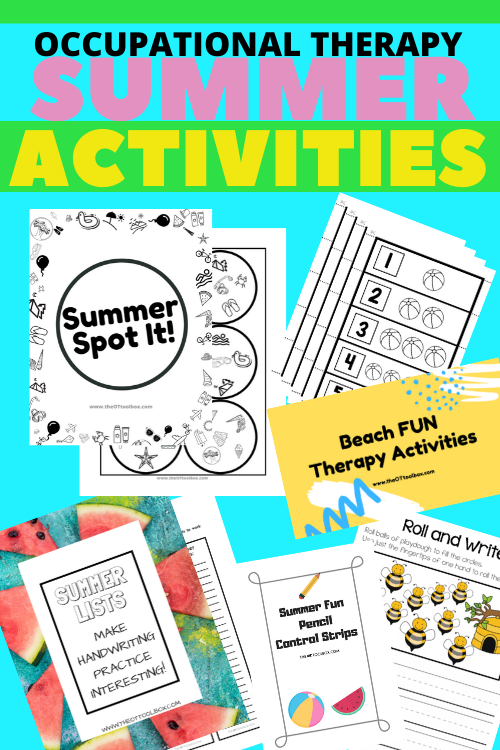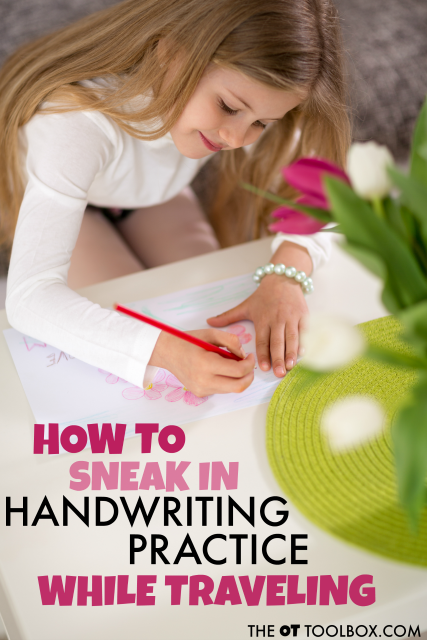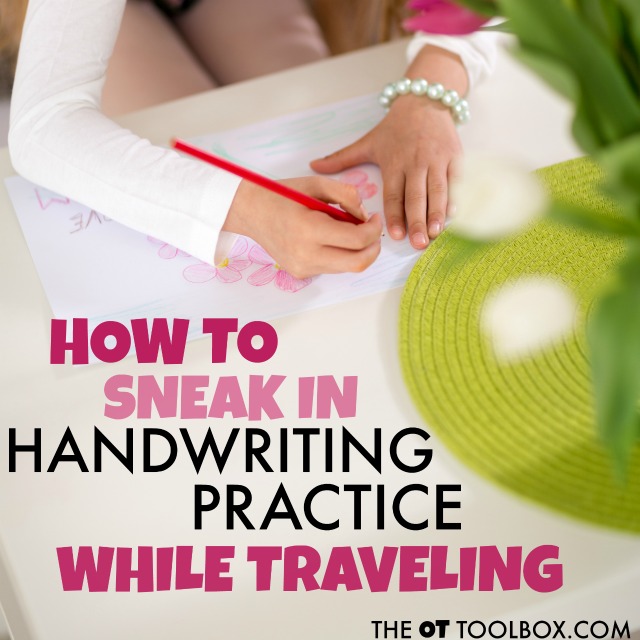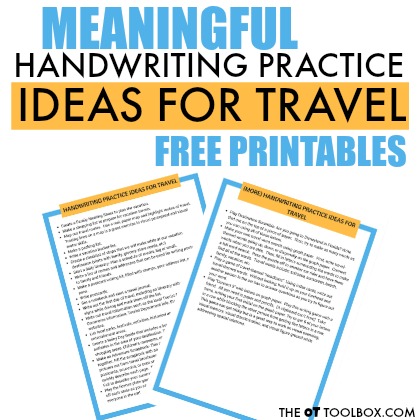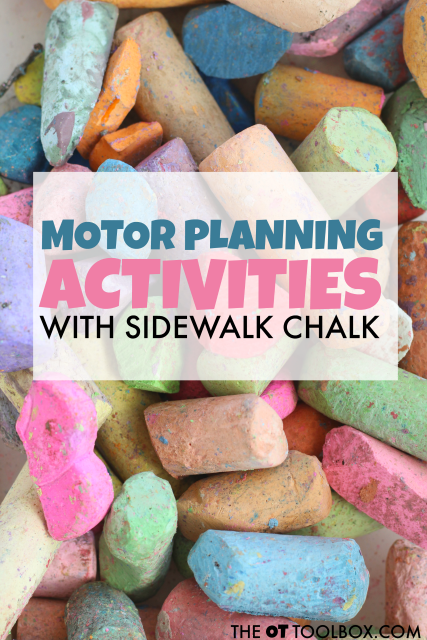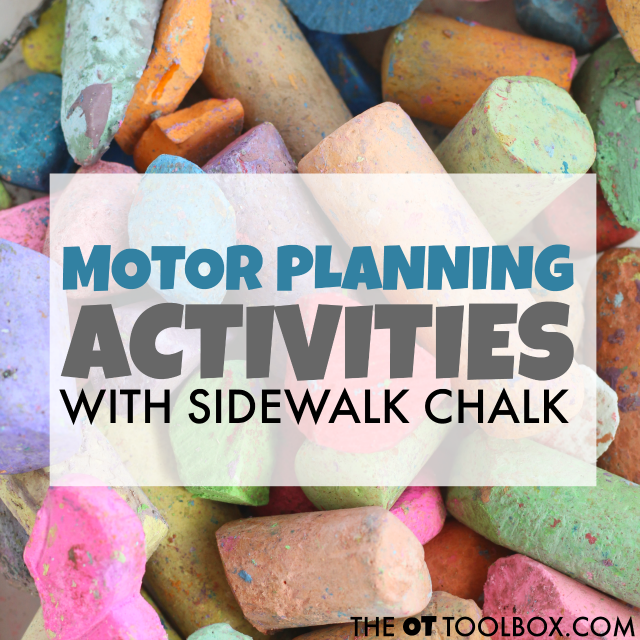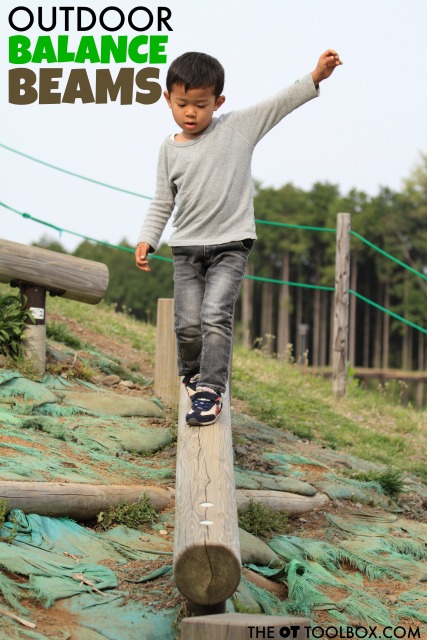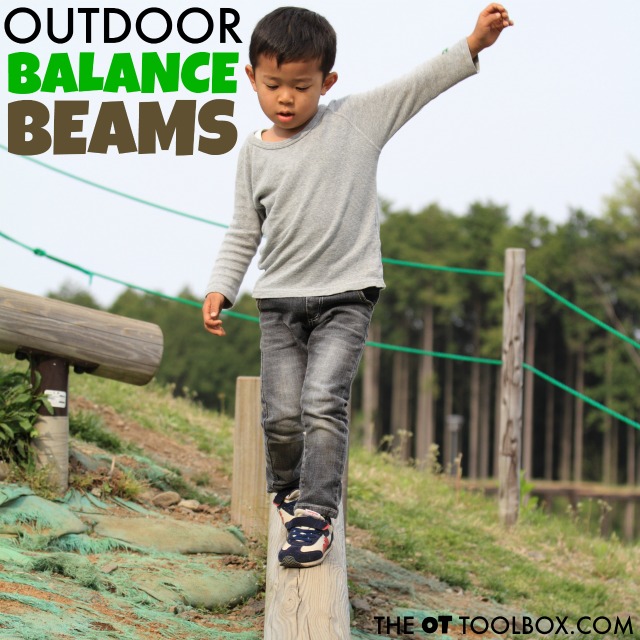This narwhal craft is perfect for an ocean theme, or for kids who are heading off to the beach this summer. It’s a great narwhal craft for preschool, grade school or to go along with a fun narwhal book. Add this activity to your favorite kids crafts that build skills in OT or at home.
Narwhal craft
Sometimes, adding a themed craft to a favorite children’s book is just what kids need to get crafty while working on skills like scissor use and fine motor skills. We used one of our favorite new books, “Not Quite Narwhal” by Jessi Sima to come up with a fun narwhal craft that is heavy on the scissor skill practice. If you are looking to help a child with scissor use, we’ve got TONS of scissor skill activities here on the site.
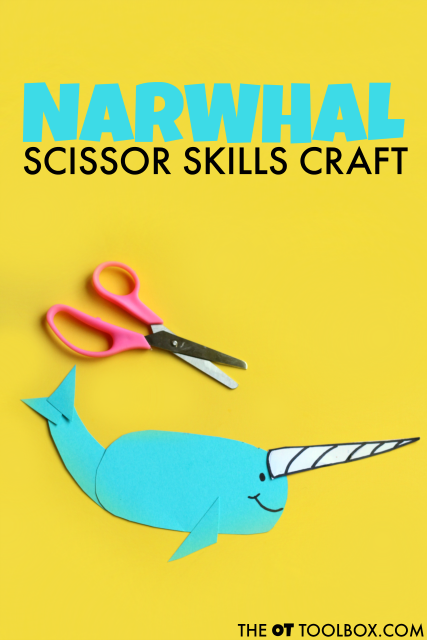
Narwhal Craft
This book is a creative and fun story about Kelp, who is born among the narwhals but always thought he seemed a little different. One day, Kelp is carried by a current to meet mysterious creatures who seem more like him and make him wonder if he might not be a narwhal after all. This is a sweet library book find that we’ll definitely check out again!! You know those books that show up in your library bag again and again.
We’ve been reading Not Quite Narwhal over and over again and noticing new adorable details in the illustrations with each read-through! We decided to make a few narwhals of our own to join Kelp in his adventures!
Make a Narwhal Craft and work on Scissor Skills
To make the narwhal craft, you’ll need just a few materials:
- Blue cardstock (cardstock is thicker paper, so it’s excellent for slowing down scissors to ensure more accuracy when cutting along lines, especially for younger scissor users.)
- White cardstock
- Scissors (These are the best for kids who are learning to cut.)
- Glue
- Not Quite Narwhal (optional, but definitely recommended)
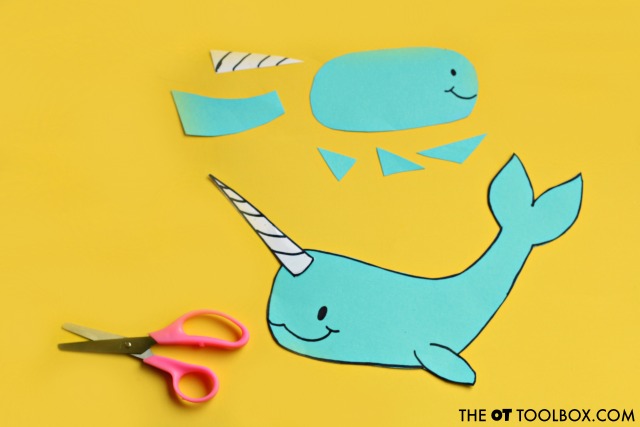
To make the narwhal craft:
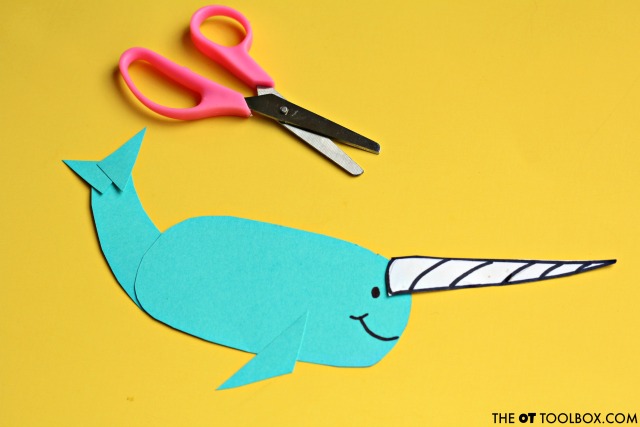

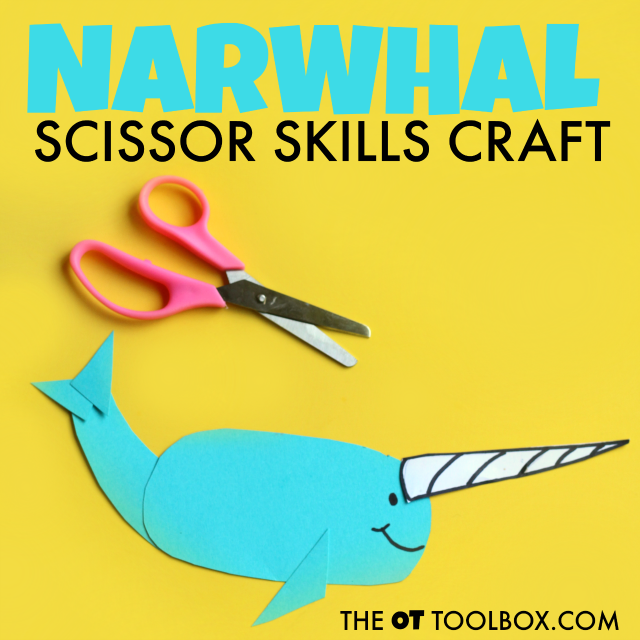

More Narwhal and fish Crafts to Build Fine Motor Skills
You’ll find more fish and narwhal crafts in our Summer Fine Motor Kit. Check out all of our seasonal and themed fine motor kids below:
Working on fine motor skills, visual perception, visual motor skills, sensory tolerance, handwriting, or scissor skills? Our Fine Motor Kits cover all of these areas and more.
Check out the seasonal Fine Motor Kits that kids love:






Or, grab one of our themed Fine Motor Kits to target skills with fun themes:
- Frogs Fine Motor Kit
- Unicorns Fine Motor Kit
- Vehicles Fine Motor Kit
- Apple Fine Motor Kit
- Back to School Kit
- Sports Fine Motor Kit
- Outer Space Fine Motor Kit
- Fairytale Fine Motor Kit
- Plus more in our shop!
Want access to all of these kits…and more being added each month? Join The OT Toolbox Member’s Club!
Here are some kids crafts you may like:
- Scarecrow Math Craft
- Germ Craft
- Pirate Puppet
- Circus Tent Craft
- Jack Be Nimble Nursery Rhyme Craft
- There Was an Old Woman Who Lived in a Shoe Craft
- Sun Catcher Crafts
A final note on narwhal crafts
A narwhal craft is a fun and educational activity for preschoolers and kindergarten students. This cute arctic whale is a fascinating animal, with its long tusk and unique adaptations for life in the frigid waters of the Arctic. By creating a narwhal craft, children can learn about this amazing creature and develop their artistic skills at the same time.
There are many different types of narwhal crafts for preschoolers and toddlers. Some popular options include using a narwhal craft template to cut out a paper narwhal, creating a narwhal drawing or painting, or using narwhal clipart to decorate a cardboard or foam narwhal cut-out. These crafts can be adapted to suit different skill levels and interests, and can be completed with a variety of materials, including paint, markers, glue, and glitter.
To make a narwhal craft for kids, start with some basic materials like construction paper, scissors, glue, and crayons or markers. Cut out a narwhal shape from the paper and then decorate it with your chosen art supplies. You can also use a narwhal craft template to create a more detailed design, or look for narwhal pictures online for inspiration.
For a more challenging narwhal art preschool project, consider creating a 3D narwhal using foam, felt, or other materials. You can also incorporate other arctic animals into the craft, such as a walrus craft, to create a diorama or display.
In addition to making a narwhal craft, there are many other narwhal activities and resources available for preschool and kindergarten students. These include not quite narwhal activities, narwhal worksheets, and narwhal information for kids. By exploring these resources, children can learn about the habits, habitat, and adaptations of narwhals in a fun and engaging way.
Whether you’re looking for an easy narwhal craft or a more challenging narwhal project, there are many options available for kids of all ages and skill levels. By creating a narwhal craft, children can develop their artistic skills, learn about a fascinating arctic animal, and have fun in the process. So why not dive into the world of narwhals today and create your own amazing narwhal craft!

Colleen Beck, OTR/L has been an occupational therapist since 2000, working in school-based, hand therapy, outpatient peds, EI, and SNF. Colleen created The OT Toolbox to inspire therapists, teachers, and parents with easy and fun tools to help children thrive. Read her story about going from an OT making $3/hour (after paying for kids’ childcare) to a full-time OT resource creator for millions of readers. Want to collaborate? Send an email to contact@theottoolbox.com.


